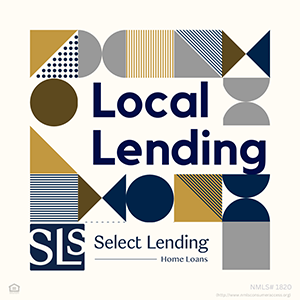
How Federal Rate Increases Affect Credit Cards and Loans
If you’ve ever noticed a rise in interest rates in the news or saw your credit card bill get a little higher, there’s one federal agency that you can look to: the Federal Reserve Board.
When the Fed raises interest rates, most borrowers with car and home loans won’t see their rates change because they’ve locked in rates. People getting new loans, however, will see the higher rates, as will credit card users.
For a U.S. household with the average credit card debt of $10,995, a .25 percent hike in interest rates will make carrying a credit card balance a bit more expensive.
Technically called the federal funds rate, the interest rate the Fed sets is the rate banks use to trade federal funds. It is almost exactly correlated with the prime rate, which is what credit card companies typically charge their largest, most credit-worthy corporate clients.
From there, a change in the prime rate follows with credit card interest rate changes that consumers see. Credit card interest rates will usually increase during a day of increased federal funds rates, and usually by the same amount.
Carrying a credit card balance, also known as revolving credit, is where credit card users will feel the pain of a Fed interest rate hike. An estimated 40 percent of credit card users carry a balance from month to month, and should see their costs climb immediately after a Fed rate hike.
Most credit cards have variable interest rates. As banks see their borrowing costs rise, they raise rates on credit cards.
If the Fed increases interest rates during the middle of a credit card billing cycle, for instance, customers may not see the increase until their next statement is due. But their rate may rise on new purchases immediately.
Credit card minimum payments are typically set at 1 – 2 percent of the principal balance, plus any interest accrued during the billing period. Rising interest rates will increase the accrued interest and minimum due, though not dramatically.
A .25 percent increase in interest rates causes the minimum amount due on a credit card to jump by $2 for every $10,000 of credit card debt. That’s not a lot of money, but two or three more Fed rate jumps in a year and it can add up.





